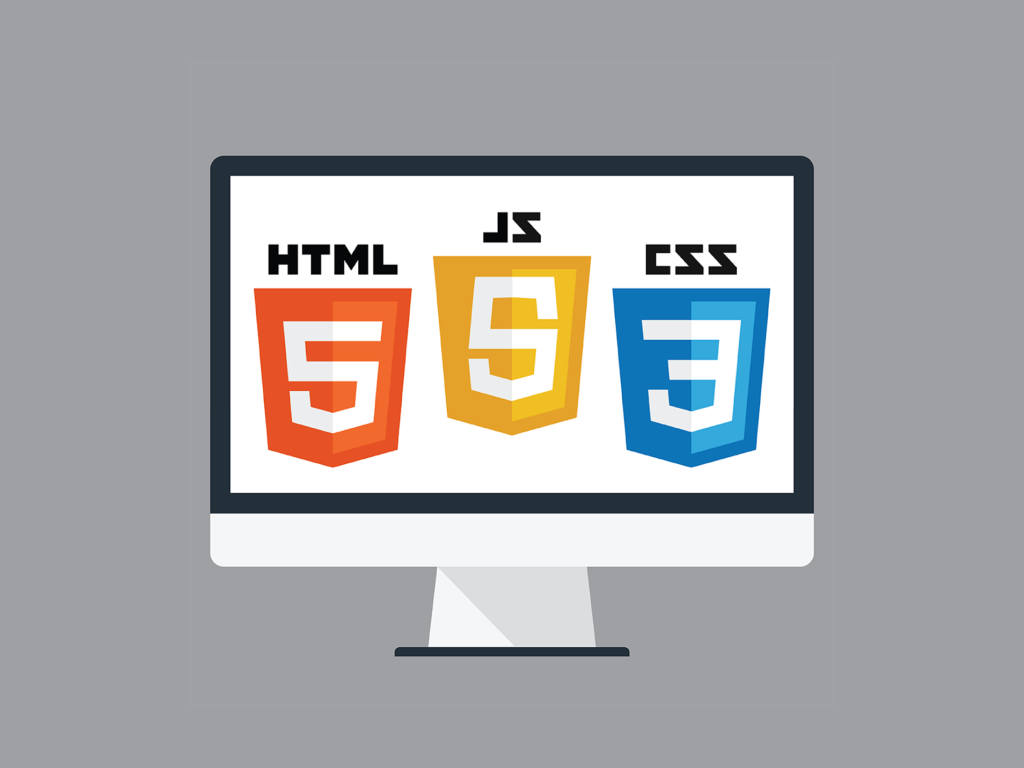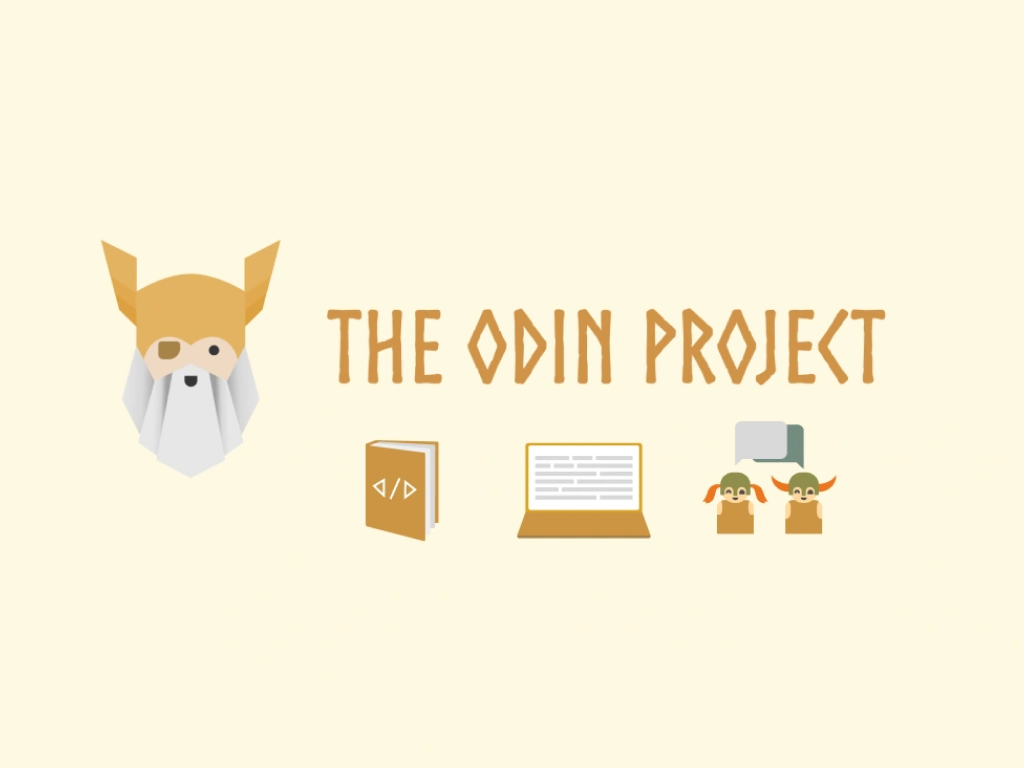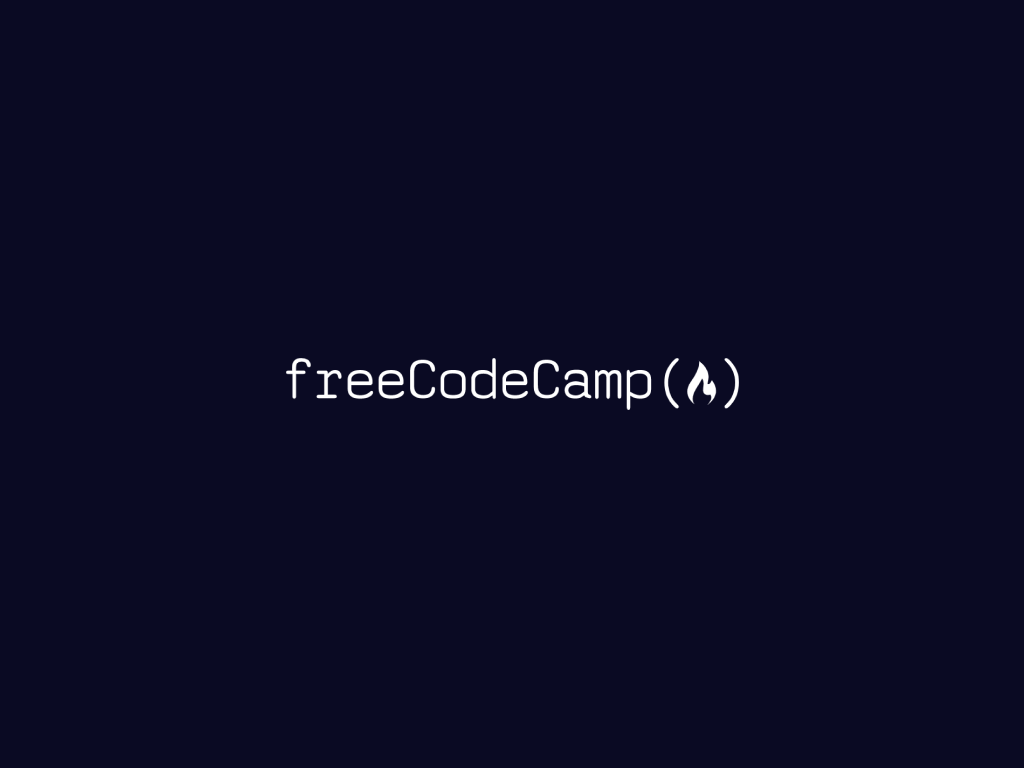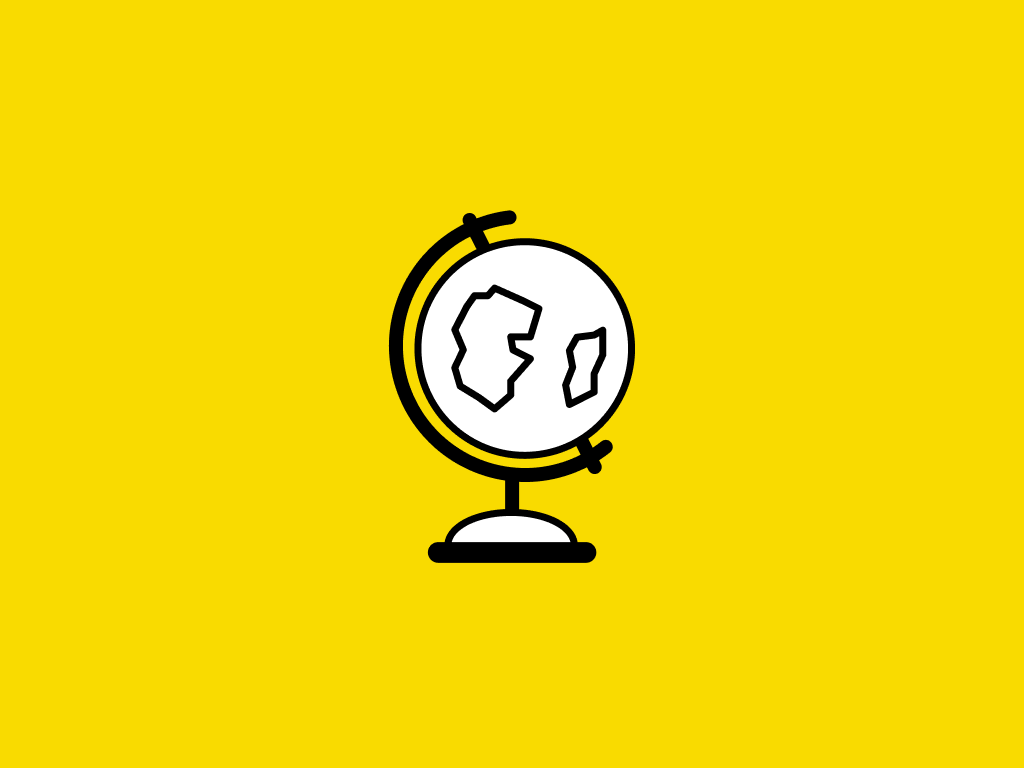Description
Thanks to a growing number of software programs, it seems as if anyone can make a webpage. But what if you actually want to understand how the page was created? There are great textbooks and online resources for learning web design, but most of those resources require some background knowledge. This course is designed to help the novice who wants to gain confidence and knowledge.
We will explore the theory (what actually happens when you click on a link on a webpage?), the practical (what do I need to know to make my own page?), and the overlooked (I have the code, but how do I put it on the web to share with others?). Throughout the course there will be a strong emphasis on adhering to syntactic standards for validation and semantic standards to promote wide accessibility for users with disabilities.
This course will appeal to a wide variety of people, but specifically those who would like a step-by-step description of the basics. There are no prerequisites for this course and it is assumed that students have no prior programming skills or IT experience. The course will culminate in a small final project that will require the completion of a very simple page with links and images.
Tags
Syllabus
- Week One: Learning About the Web
- This week we will uncover the "mystery" behind the Internet. What happens when you type a URL into your browser so that a webpage magically appears? What is HTML5 and what happened to HTML 1 - 4? We will also cover some practical concepts that you need to master before you begin coding your own pages.
- Week Two: Structure of a Web Page
- This week you will need to take a deep breath and jump into coding. I will cover a large number of HTML tags, but it is important that you do more than just listen to these video and read the text book material. You need to practice (and fail!) in order to learn. Believe it or not, once you master the basic idea of using tags and attributes you will know everything you need to use any HTML5 tag. The page may not look the way you want it to look yet, but you will be able to use text, links, images, tables, and even music and videos! If you want to refer to a textbook this week for reinforcement of concepts, we will be using the Shay Howe online textbook as a reference. I will include links after the lectures, but some students prefer to read before the videos. (My preferred approach is to read/watch/read again.)
- Week Three: Hosting and Accessibility
- Okay, you created a file...what now? This week we will begin by covering the important but often overlooked concepts of validation and accessibility. Did you follow the DOM structure when you created your page? Did you use semantic tags to make sure that page viewers can access all of the information, even if they have physical or cognitive disabilities? This is knowledge you can use if you would like to pursue a career as a web accessibility specialist. Finally I will briefly cover the steps needed to post your site to the web if you decide to use something other than Replit. There are many free and paid services that you can use to get your work off your computer and on to the Internet.
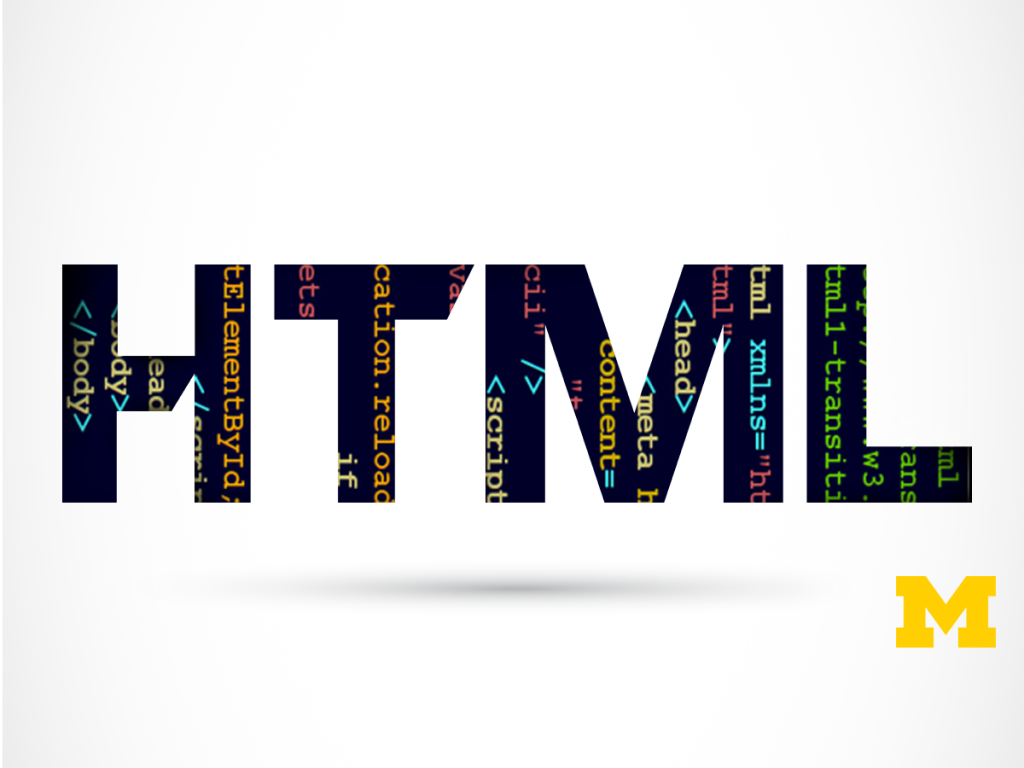
Introduction to HTML5
-
TypeOnline Course
-
Provider
-
PricingFree to Audit
-
CertificatePaid certificate
Thanks to a growing number of software programs, it seems as if anyone can make a webpage. But what if you actually want to understand how the page was created? There are great textbooks and online resources for learning web design, but most of those resources require some background knowledge. This course is designed to help the novice who wants to gain confidence and knowledge.
We will explore the theory (what actually happens when you click on a link on a webpage?), the practical (what do I need to know to make my own page?), and the overlooked (I have the code, but how do I put it on the web to share with others?). Throughout the course there will be a strong emphasis on adhering to syntactic standards for validation and semantic standards to promote wide accessibility for users with disabilities.
This course will appeal to a wide variety of people, but specifically those who would like a step-by-step description of the basics. There are no prerequisites for this course and it is assumed that students have no prior programming skills or IT experience. The course will culminate in a small final project that will require the completion of a very simple page with links and images.
- Week One: Learning About the Web
- This week we will uncover the "mystery" behind the Internet. What happens when you type a URL into your browser so that a webpage magically appears? What is HTML5 and what happened to HTML 1 - 4? We will also cover some practical concepts that you need to master before you begin coding your own pages.
- Week Two: Structure of a Web Page
- This week you will need to take a deep breath and jump into coding. I will cover a large number of HTML tags, but it is important that you do more than just listen to these video and read the text book material. You need to practice (and fail!) in order to learn. Believe it or not, once you master the basic idea of using tags and attributes you will know everything you need to use any HTML5 tag. The page may not look the way you want it to look yet, but you will be able to use text, links, images, tables, and even music and videos! If you want to refer to a textbook this week for reinforcement of concepts, we will be using the Shay Howe online textbook as a reference. I will include links after the lectures, but some students prefer to read before the videos. (My preferred approach is to read/watch/read again.)
- Week Three: Hosting and Accessibility
- Okay, you created a file...what now? This week we will begin by covering the important but often overlooked concepts of validation and accessibility. Did you follow the DOM structure when you created your page? Did you use semantic tags to make sure that page viewers can access all of the information, even if they have physical or cognitive disabilities? This is knowledge you can use if you would like to pursue a career as a web accessibility specialist. Finally I will briefly cover the steps needed to post your site to the web if you decide to use something other than Replit. There are many free and paid services that you can use to get your work off your computer and on to the Internet.

 Online Course
Online Course 
 Free to Audit
Free to Audit  Paid certificate
Paid certificate 